Born from the computer-generated corpse of a horror legacy, “Harbinger Down”’s history is filled with drama. But is the plot?
“The thing screamed a feral hate, a lashing tentacle wiping at blinded eyes. For a moment it crawled on the floor, savage tentacles lashing out, the body twitching. Then it staggered up again, blinded eyes working, boiling hideously, the crushed flesh sloughing away in sodden gobbets…” – John Campbell, “Who Goes There?”
After the success of the Dawn of the Dead (2004), producers Marc Abraham and Eric Newman received the green light from Universal Pictures to produce a modern-day revamp of The Thing (1982). Pre-production troubles and issues with the screenplay plagued the early team, but, eventually, production slowly moved forward.
The best part of the new film were the amazing and horrifying effects, created by Tom Woodruff Jr. and Alex Gillis through their company Amalgamated Dynamics (or ADI for short). While not as goopy as the prequel’s predecessor, ADI’s work was undoubtedly the best thing to happen to the film. Then they got fired without being told, and everything they’d done had been replaced.
With what could only be called a complete lack of self-awareness, the executives at Universal had told the production team that the effects felt, quote, “too 80s.”
The result was a mess; a complete ending rewrite, probably millions spent flushed down the drain, ADI’s work being pushed aside, and rushed CGI work in order to meet an October deadline.
The Thing prequel (2011) tanked, critics panned it, millions of dollars were lost, and that was that.
Or, at least, people thought it was. In 2013, ADI released videos of their unused effects to YouTube and received a massive response to their work. The question on everyone’s mind, though, was that if these practical effects were there, on set, why had it all been CGI? Woodruff and Gillis had the answer, and people were pissed.
That’s when they had a little idea.
From that little spark, Harbinger Down (2015) was born, produced thanks to the most successful Kickstarter for a horror film ever and a partnership with Dark Dune Productions. It’s a movie I have a pretty intense relationship with, knowing people who worked on it, people who gave money to it, and trying over the years to review it.
Now that I have that opportunity, what do I think?
I don’t like it.
Harbinger Down is the story of a group of scientists and fishermen who are trapped in the Bering Strait with an organism that can infect and mutate them. Sound familiar? That’s because it is.
Harbinger Down is The Thing merged with Alien, and the creators have said as much.
Some things are cute little references, like the Chess Master hidden in a shot or the flamethrower design of the weapon they use. Some things are clearly inspired design choices, like certain creature designs or the fact the main character is a woman, like in Alien. Some things, though, are completely ripped right out of the source material, like the rest of the movie.
Unlike The Thing, which had a simple, concise plot, Harbinger Down is a movie filled with plot holes, contrivances, and unnecessary complexities while somehow managing to move at a snail’s pace.
In both Harbinger Down and The Thing, the monster appears at the thirty-minute mark. In The Thing, our lead up to that point is a gunfight, an investigation of a destroyed research facility, and a pretty intense and graphic autopsy of an alien. In Harbinger Down? Force fed exposition, an explanation of a tardigrade, arguments about salvage law, and poorly constructed character drama.
Say what you will about The Thing and its characters, I know I have issues with them. What you can’t say is that Carpenter didn’t know what he was doing.
The film was, obviously, never fixated with the intense, deep dramatic connection between MacReady and Blair (Wilford Brimley). It was a monster flick, through and through. It didn’t need in-depth character arcs because that’s not what it was trying to do.
In Harbinger Down, we have our main character, Sadie (Camille Balsamo), and her grandfather, Graff (Lance Henriksen), who have a strained relationship. We also have Svet (Milla Björn), a Russian woman with a dark past, and Guillaume (Winston James Francis), a tough guy with a sweet spot for Svet. Then we have the tension between Sadie and her professor, Stephen (Matt Winston, son of Stan Winston), but also the sexual tension between Sadie and Bowman, the first mate.
There’s a lot happening between characters. And that would be fine if, A, the relationships influenced the plot into moving forward or, B, were written well.
What I mean by ‘influencing the plot’ is exactly that.
These relationships have to have narrative purpose, otherwise they’re tacked on. In The Thing, the only noticeable relationship dynamic is between MacReady and Childs (Keith David) – specifically a power dynamic. MacReady takes on the leader role, but Childs sees himself as the logical leader and doesn’t trust MacReady. This tension leads to mistrust, which culminates in the final scene.
That sort of thing never happens in Harbinger Down. It doesn’t build or go anywhere. How does Svet and Guillaume having sexual tension pay off? He gets sad when she betrays them? How about Sadie and her grandpa? Does he turn into a monster and fight his granddaughter, only for his humanity to break through one last time before he kills her and decides to kill himself? No, because the last thing he says to his granddaughter is to destroy the ship. We don’t even know what happened to him after that, he just disappears from the movie. I mean, of course he dies, but I want resolution.
There’s no meaningful conclusions or culminations in any of their interactions, ultimately making any interactions completely meaningless.
As for ‘well written’, what I’m specifically calling out is the dialogue.
Dad jokes like: “What do you call a frozen Communist? A Hammer-and-Popsickle”, meaningful time wasted on exposition, cringe inducing character lines and decisions, they’re all here. That’s not to say it’s all terrible. This is, of course, Alec Gillis’ first, and only, feature screenplay he’s had produced. However, just because it’s his first produced script doesn’t mean it can’t stand to criticism, especially with the types of narrative and structural problems the script has.
All in all, the script for Harbinger Down lacks that focus, but the whole of production lacks that and then some.
I said that The Thing is good because everything around it was at least okay. All things connected together, synchronized, to make the film a memorable one. All great movies do this. I don’t think I can name a culturally significant movie like The Thing, The Shining (1980), Blade Runner (1982), Jurassic Park (1993), or Pulp Fiction (1994) that doesn’t have everything working for it.
Some things aren’t as good as others, but everything is elevated up because all the pieces work together.
That’s not the case with Harbinger Down.
One thing after another stood out to me, breaking me out of the experience. Because of poor cinematography, the monsters were either seen too much or too little. Same goes for editing, which would hold onto shots of a monster, allowing me to look at every little detail of the creatures. Editing also caused pacing problems that lend a hand in making the film feel like a slog to watch.
The audio sounded tinny and unmastered, coupled with dubbing that sounded either out of place or didn’t match lips. An example of how the audio sounds is one of Lance Henriksen’s final lines, where it sounds like the editor tried to merge two versions of one line only for it to pop in volume and not match his lips. In the vein of audio, the music is generic and dull. It doesn’t feel full and rich and, because of this, fails to help set a tone. In fact, it only subtracts from it.
To boil it down, Harbinger Down suffers from two systemic problems that The Thing never did.
The first is its connection with The Thing and Alien. Most spiritual successors, or films that have taken inspiration from others, have a link in subject or material. Harbinger Down is more than that, and it makes it known. Woodruff and Gillis want you to know that Harbinger Down has a certain amount of pedigree. They want you to associate their movie with Alien and The Thing.
That’s the problem.
Of course, The Thing itself is a spiritual successor, or remake if you want to call it that, of The Thing From Another World (1951). The difference here is simple. While Carpenter was inspired by Nyby’s The Thing From Another World, nothing in The Thing was whole-sale ripped from Nyby. Carpenter was also inspired by the source material, John Campbell’s “Who Goes There”, something Nyby was not interested in fully adapting. The result is two completely different movies tangentially linked by their source material and opening sequence.
Harbinger Down isn’t inspired by The Thing or Alien, it’s a bunch of references and stolen ideas wallpapered over with some minor changes.
It’s like if you welded two different cars at the middle and painted over them. Or maybe, better yet, Harbinger Down is like The Thing, an imposter trying to mimic and impersonate, but it can’t quite get everything right.
In the lead up to Harbinger Down’s Kickstarter, Gillis and Woodruff said their movie would be in the spirit of two giants in the horror sphere. It built itself up trying to be those films, measure up to their greatness. But you can’t. Rubbing shoulders with The Thing and Alien probably made for a historic Kickstarter campaign, which it did, but a terrible let down when fans — myself included — subconsciously compare it with two near perfect films.
This, I think, lends itself to the generally negative opinion of the movie. After all, in the words of Mike Stoklasa from RedLetterMedia, “You might not have noticed, but your brain did.”
The second is its lack of creative vision and professional know-how.
Carpenter was a talented, on-the-rise writer and director by 1982, thanks to Escape from New York (1981), Halloween (1978), and Dark Star (1974). Not only was he well aware of what he wanted and how to do it, but he hired well-trained, competent professionals with years of features under their belts who knew how to execute his vision and contribute to The Thing.
Harbinger Down, on the other hand, feels like an afterthought, spurred by spite at Universal, encouraged by disgruntled fans, and made just because. Gillis’ first feature, which he directed, wrote, and produced, was the spiritual successor to one of the greatest horror films of all time. That’s a lot of pressure, and means taking your time, knowing what you want and how you want it, and hiring talented people to get it done.
Carpenter stacked his deck with Todd Ramsay, the editor of Star Trek: The Motion Picture, Dean Cundey, the cinematographer Carpenter had worked with on almost every major feature he’d made, Ennio Morricone, a composer with twenty-two years of experience, and John Lloyd, the production designer of The Blues Brothers.
Gillis, on the other hand, hired on first timers or people who’d only worked adjacent to the position they had on Harbinger Down.
Ultimately, he and his team weren’t prepared for a feature like this, and unfortunately, it shows.
It’s a decent first attempt by Gillis and his team. Compared to most first features, it’s a masterpiece! But they bit off more than they could chew. Honestly, if you’re interested in watching Harbinger Down, perhaps your time will be better spent doing a double feature of The Thing and Alien.


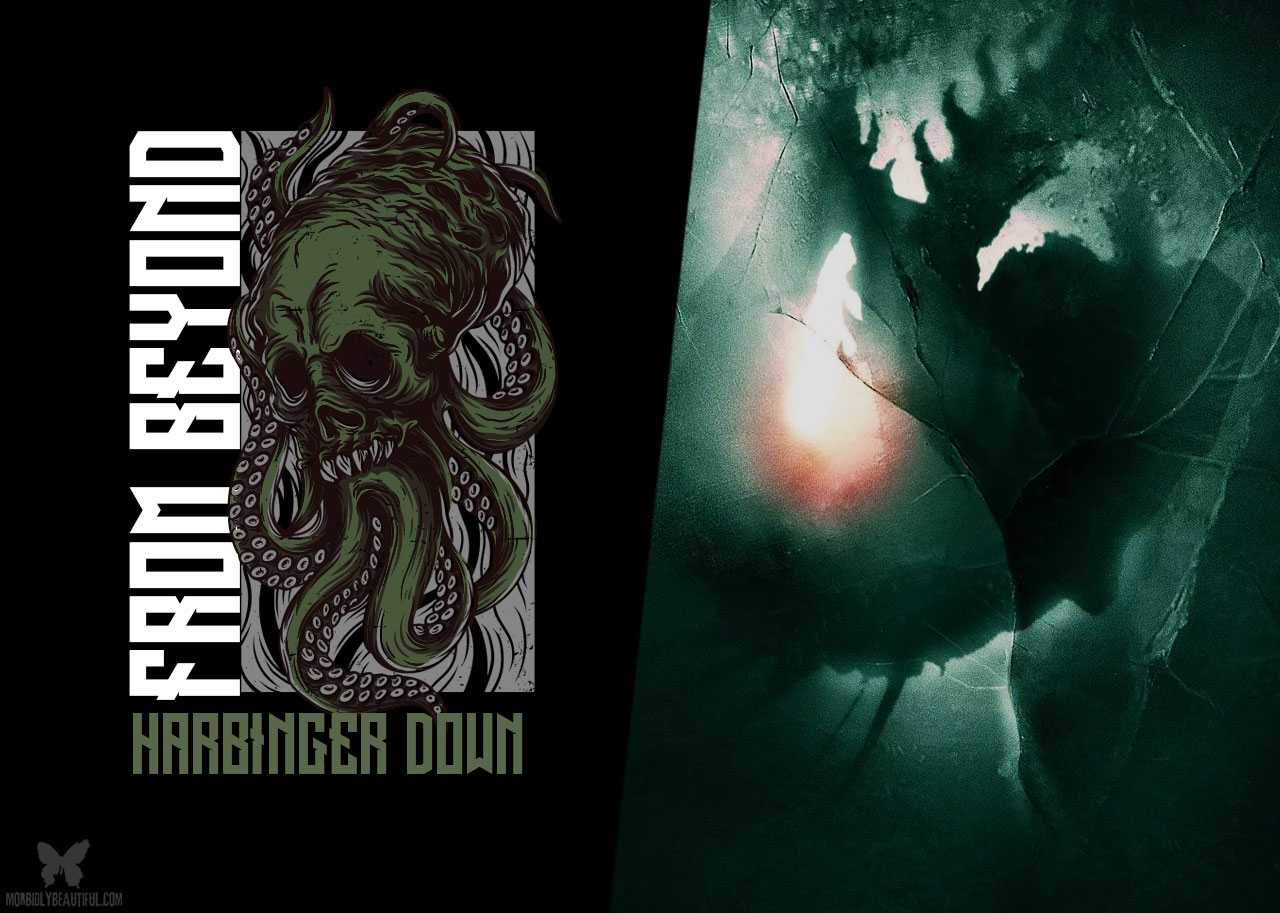
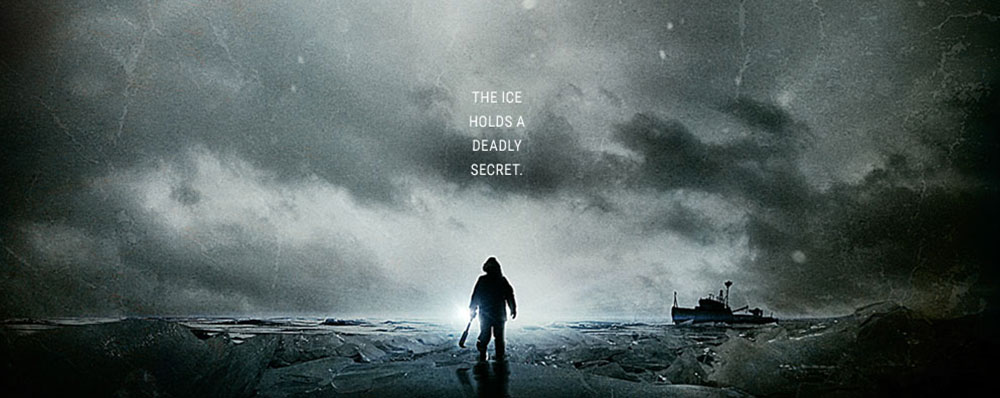
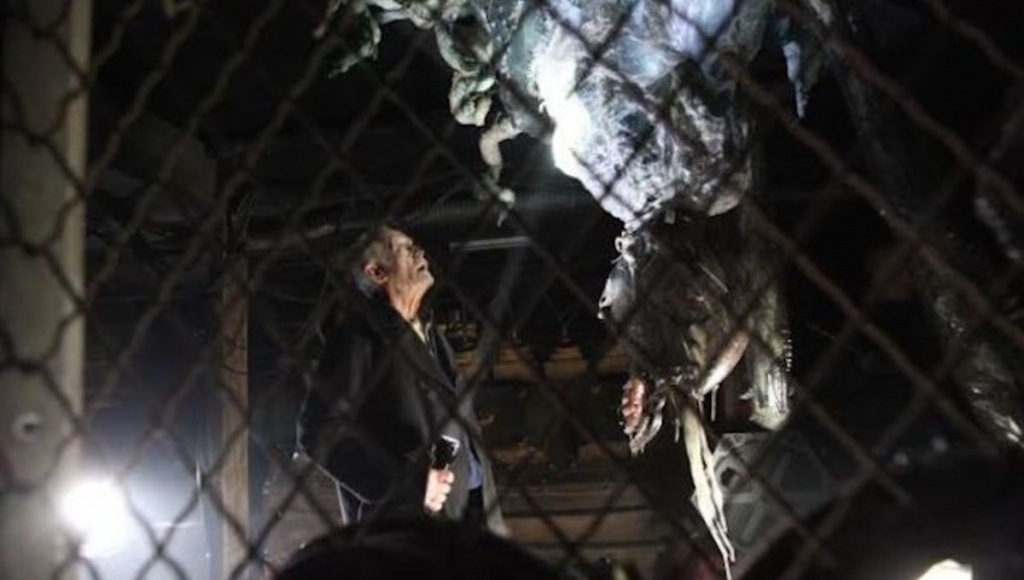

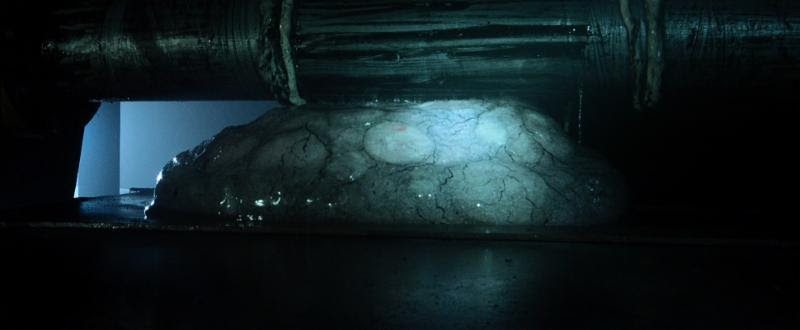

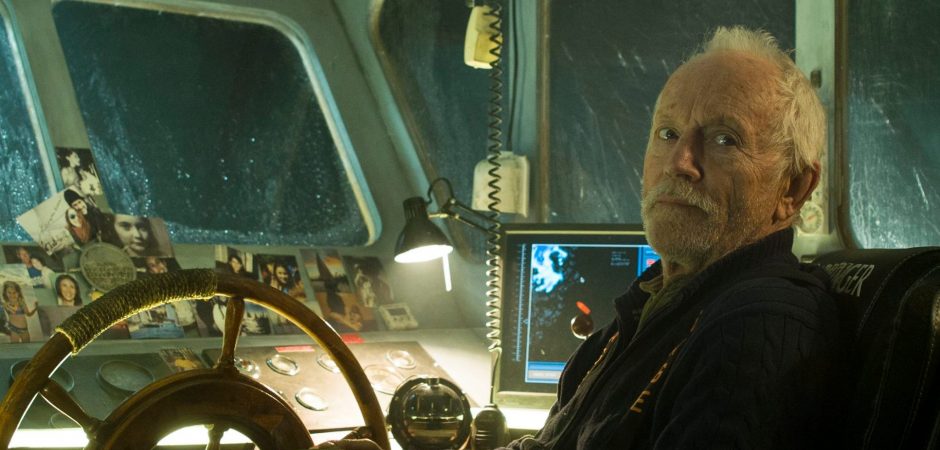

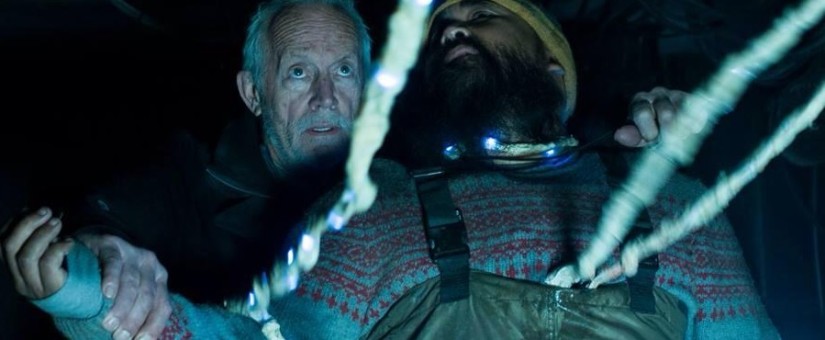
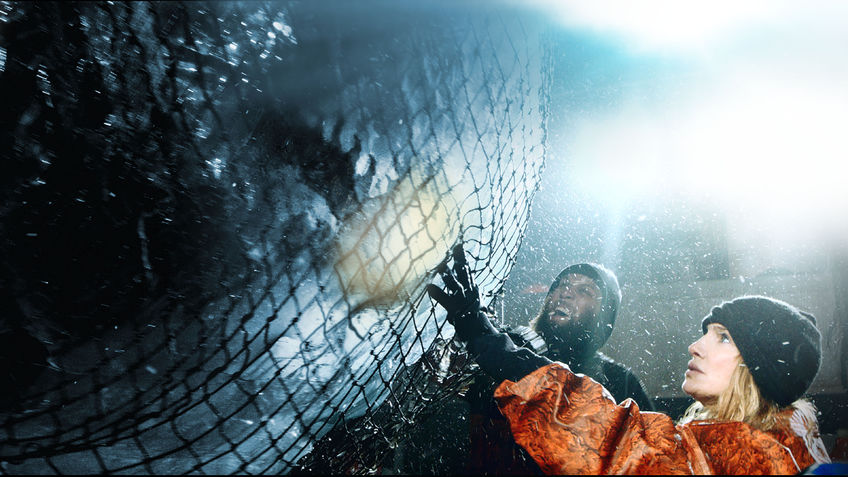
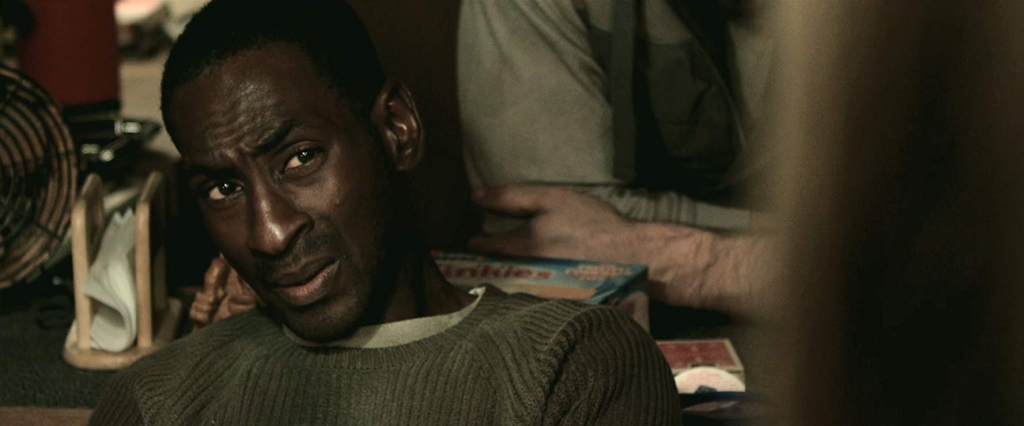

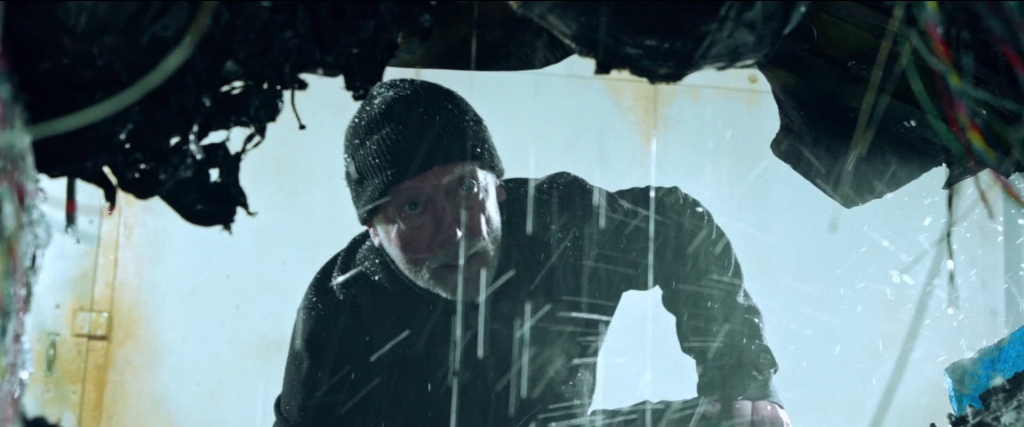
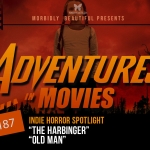


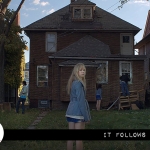





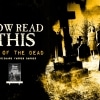


Follow Us!